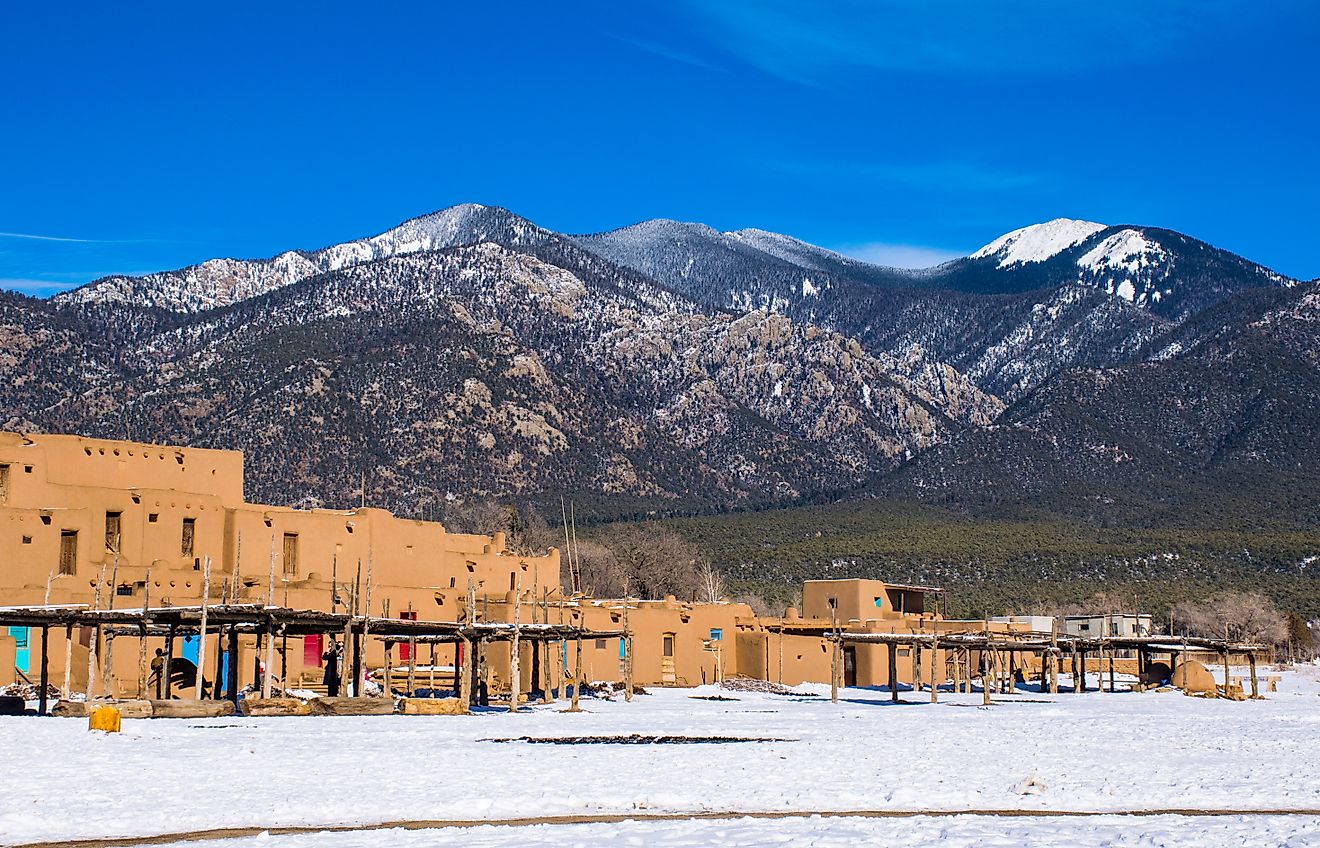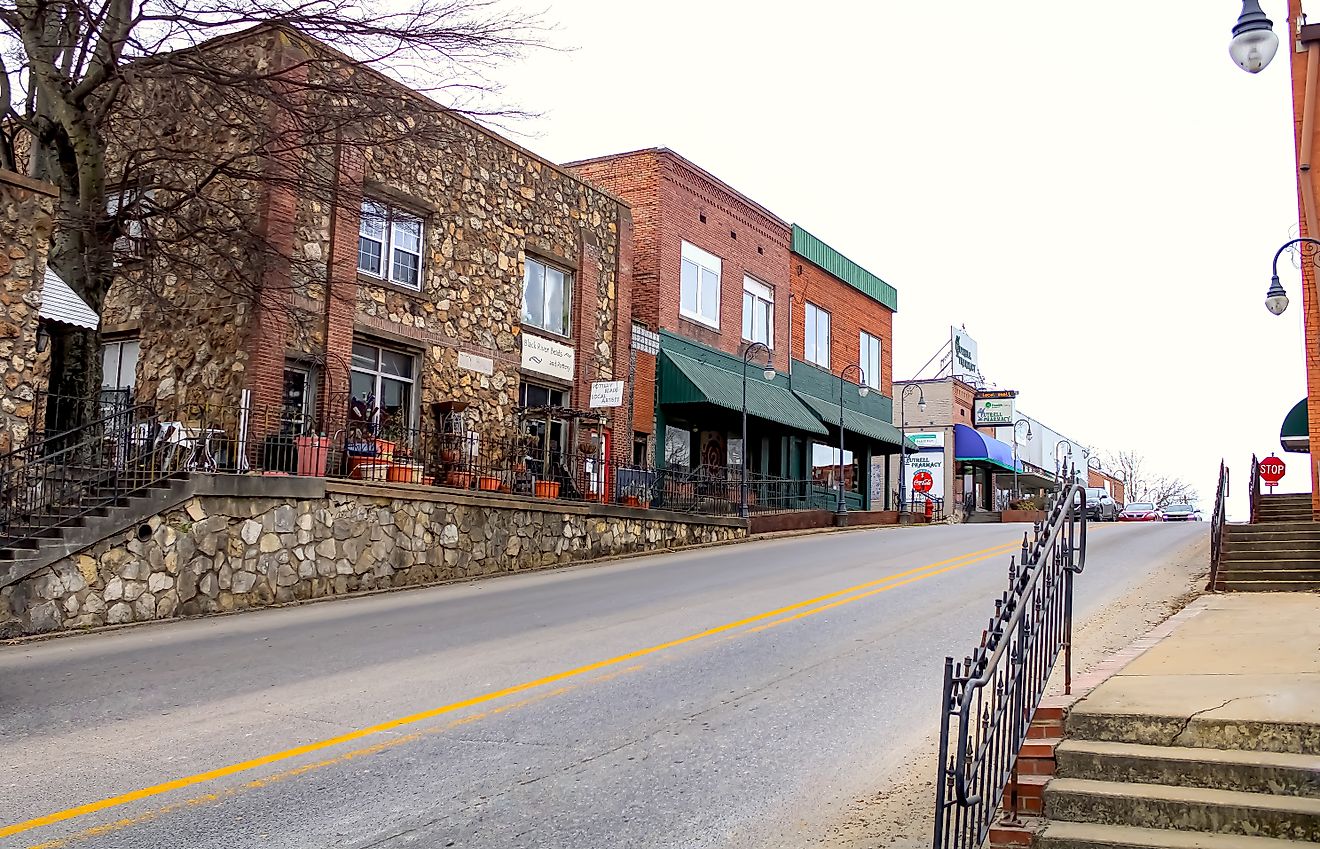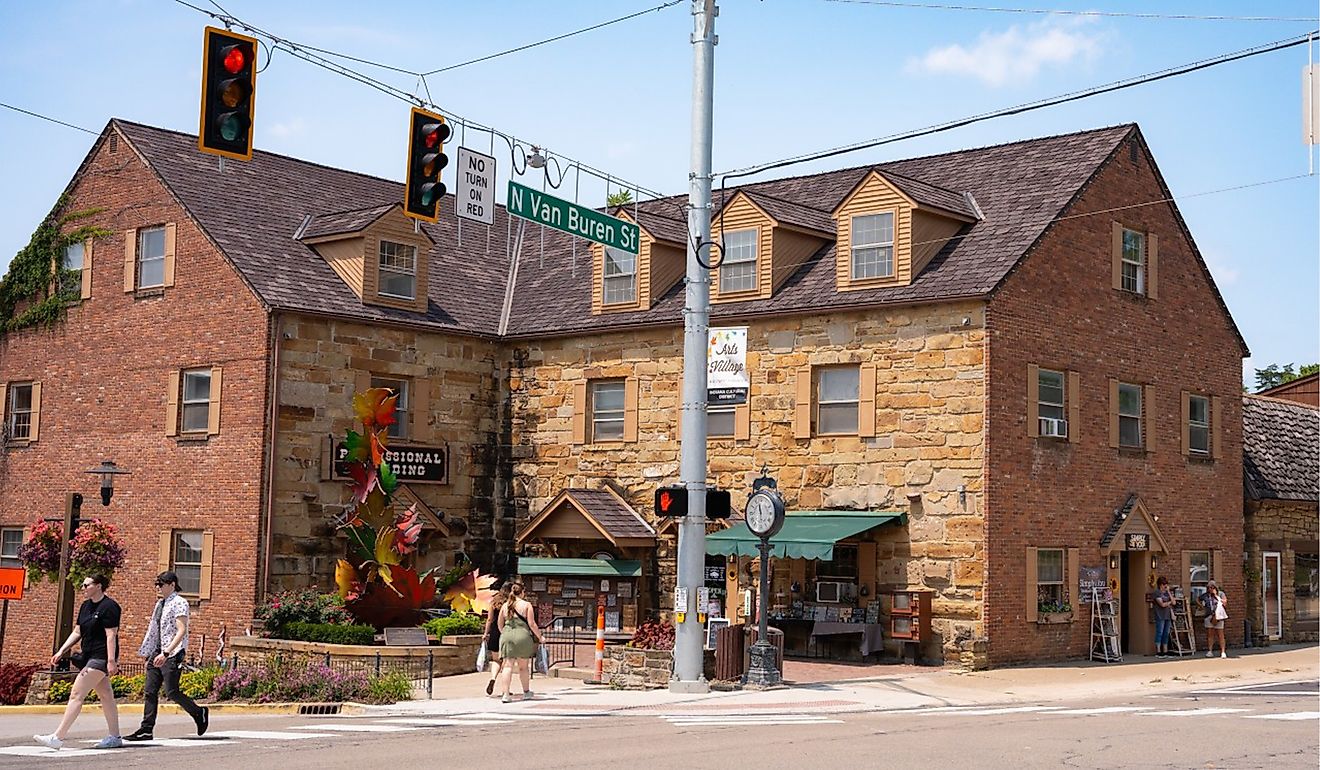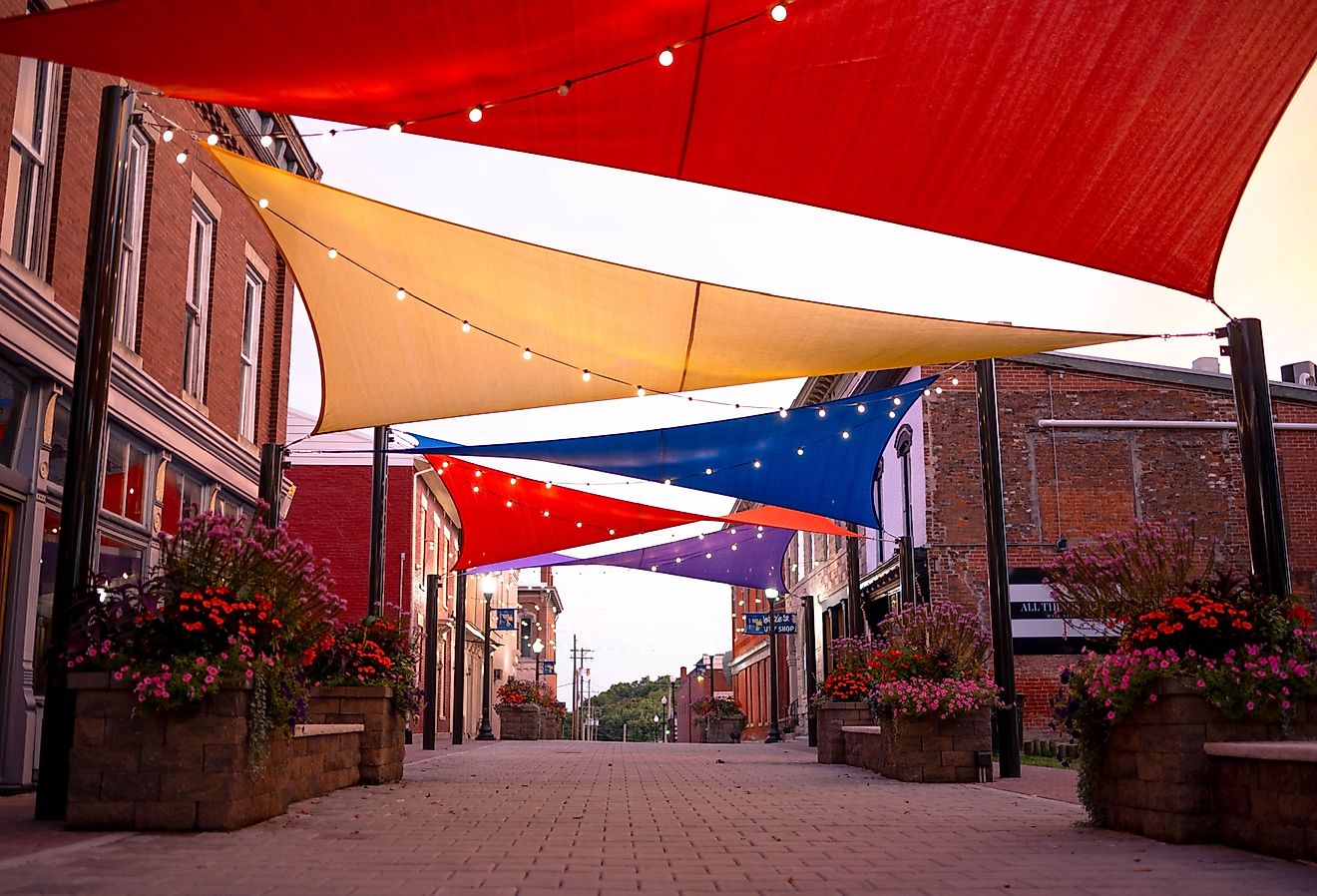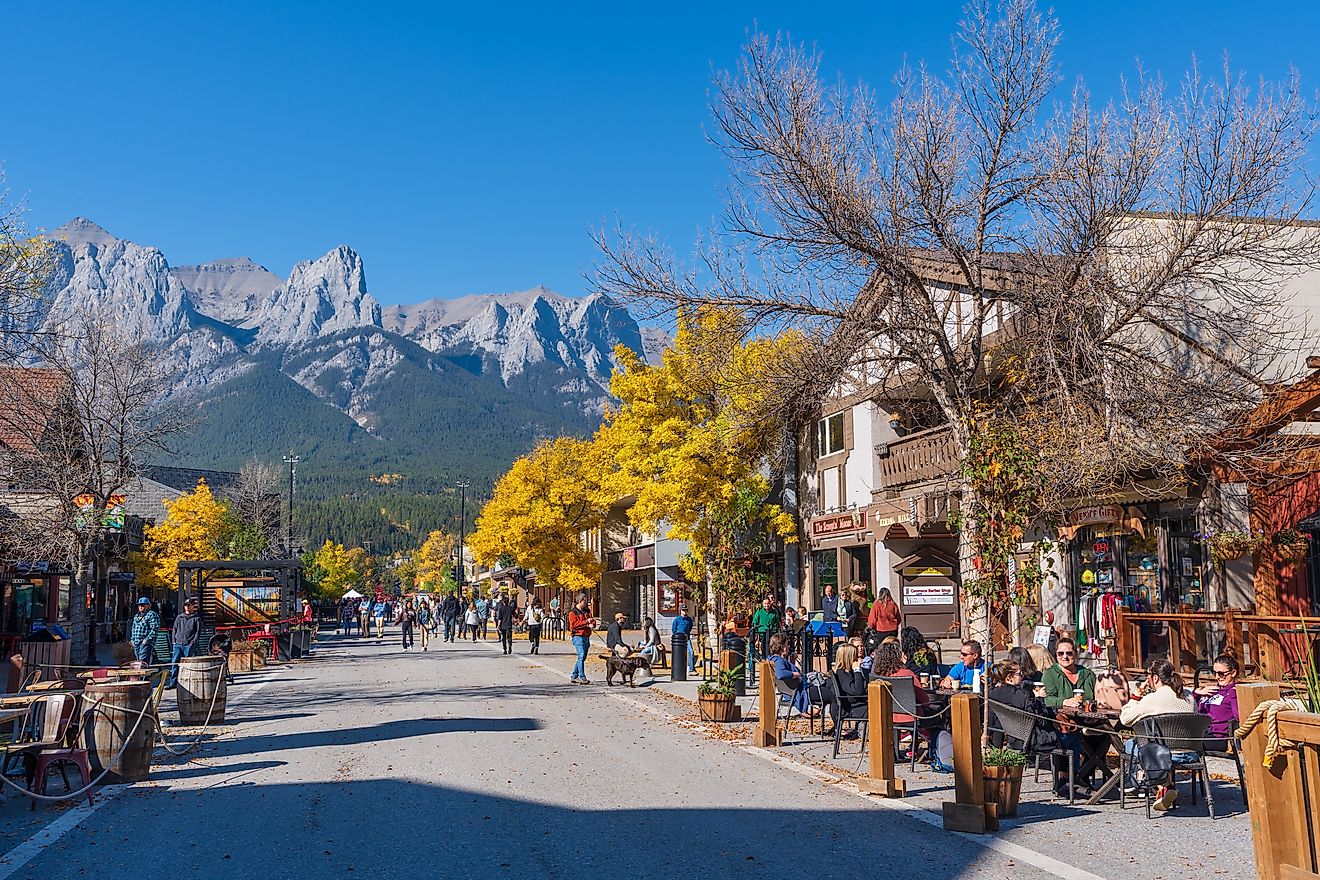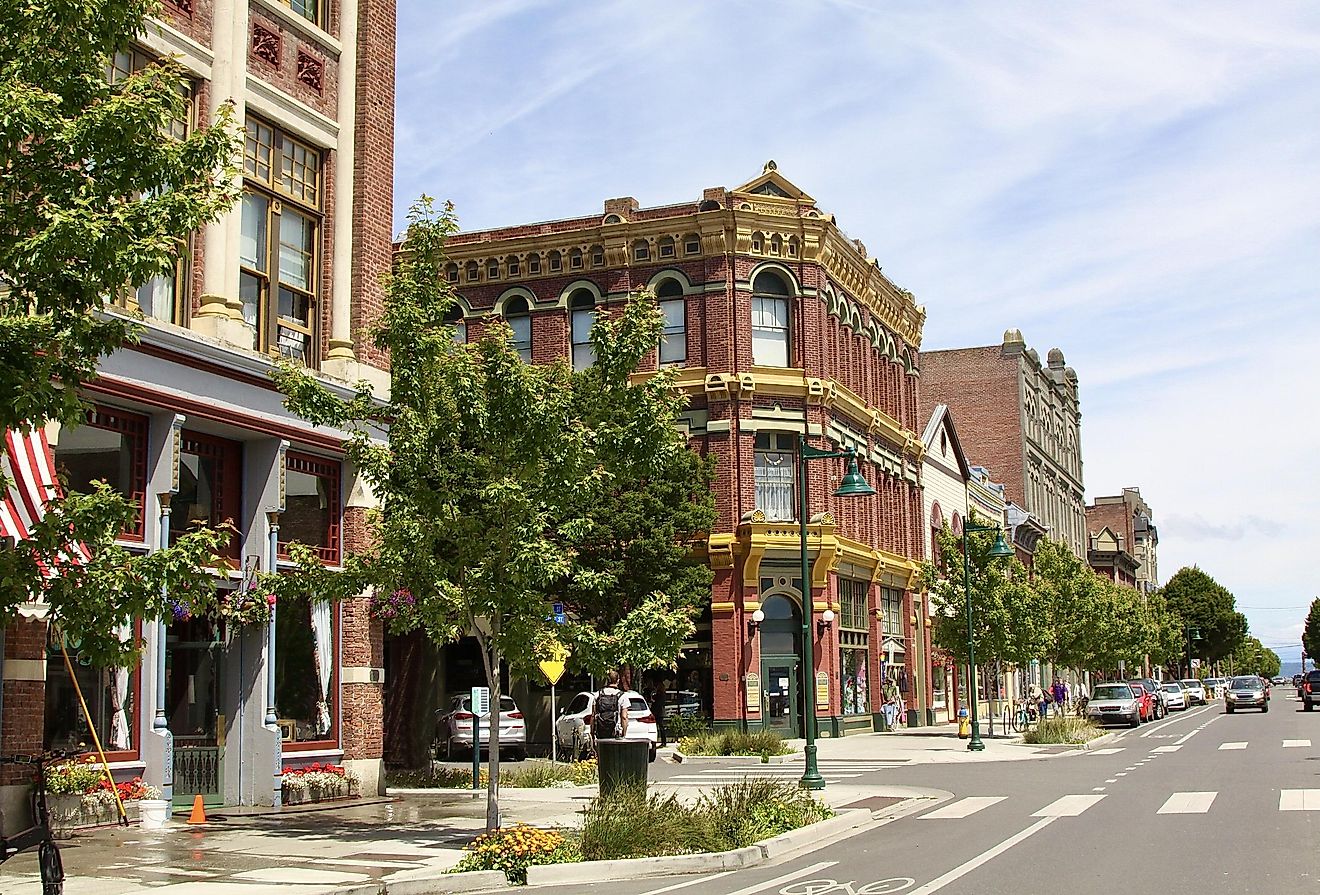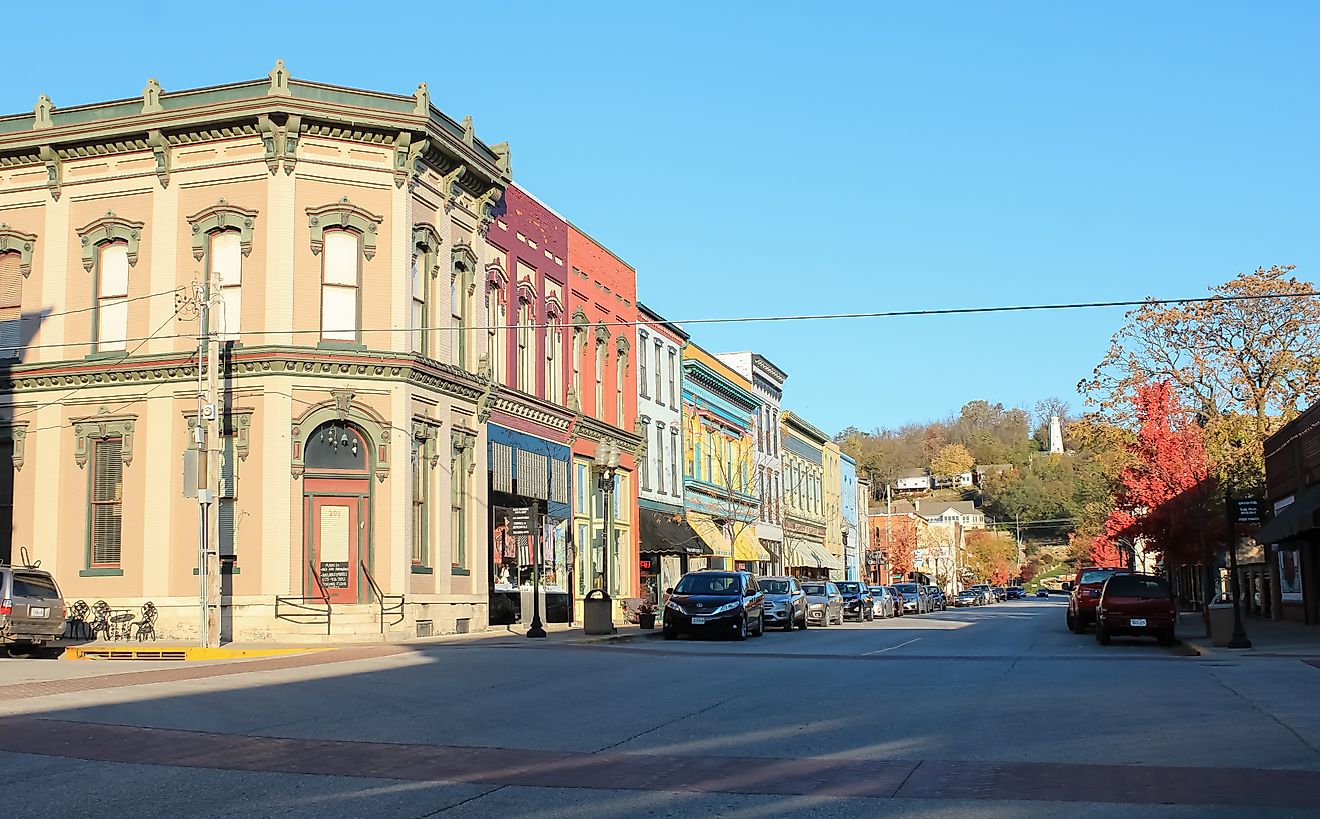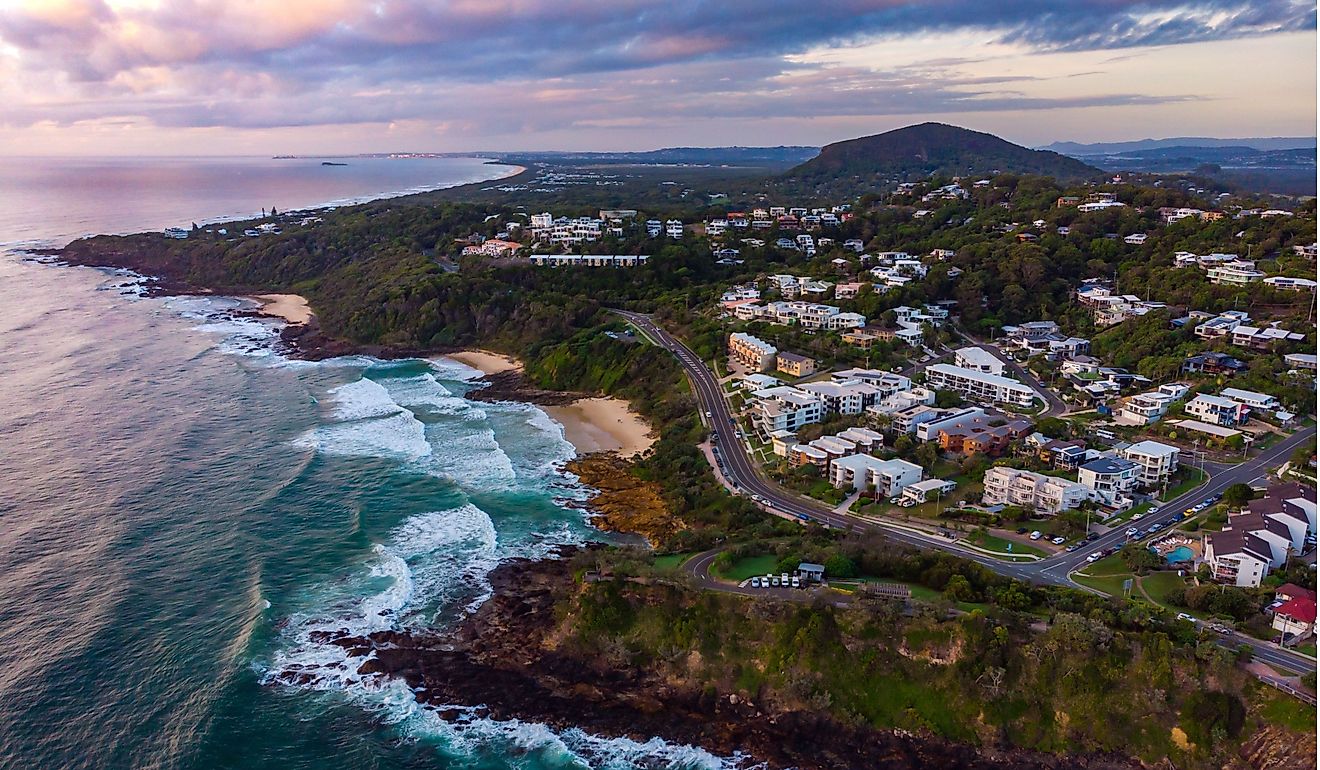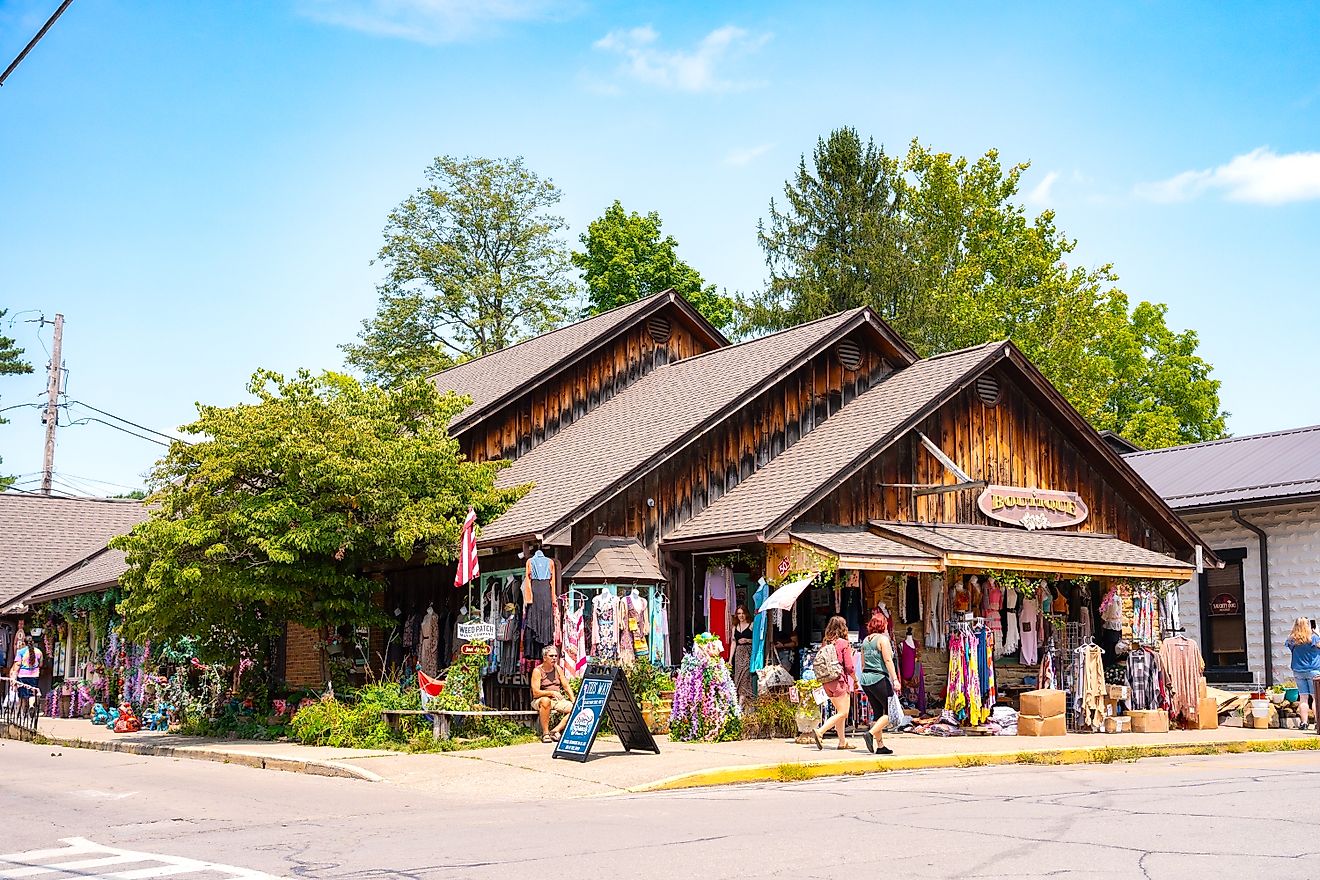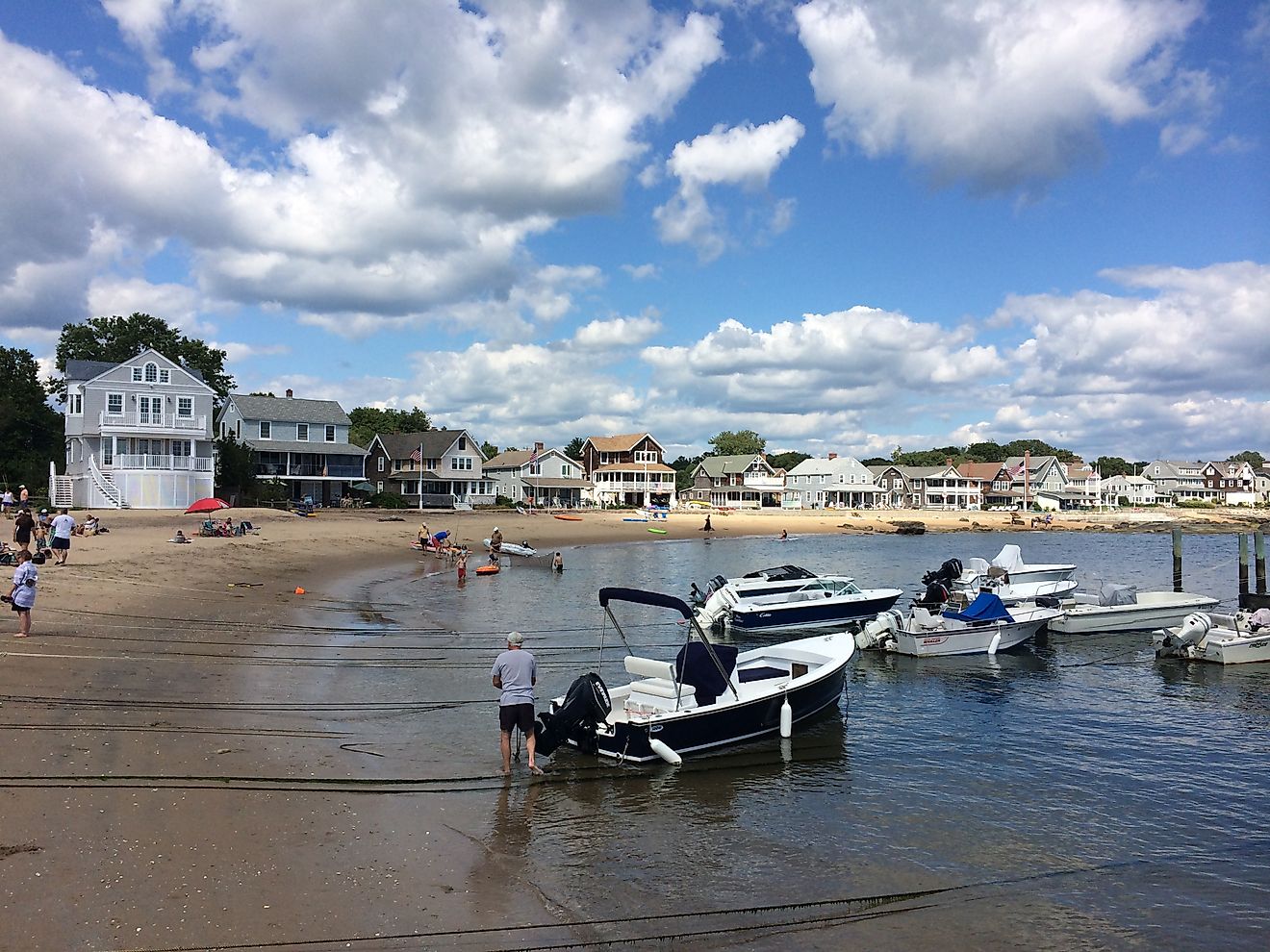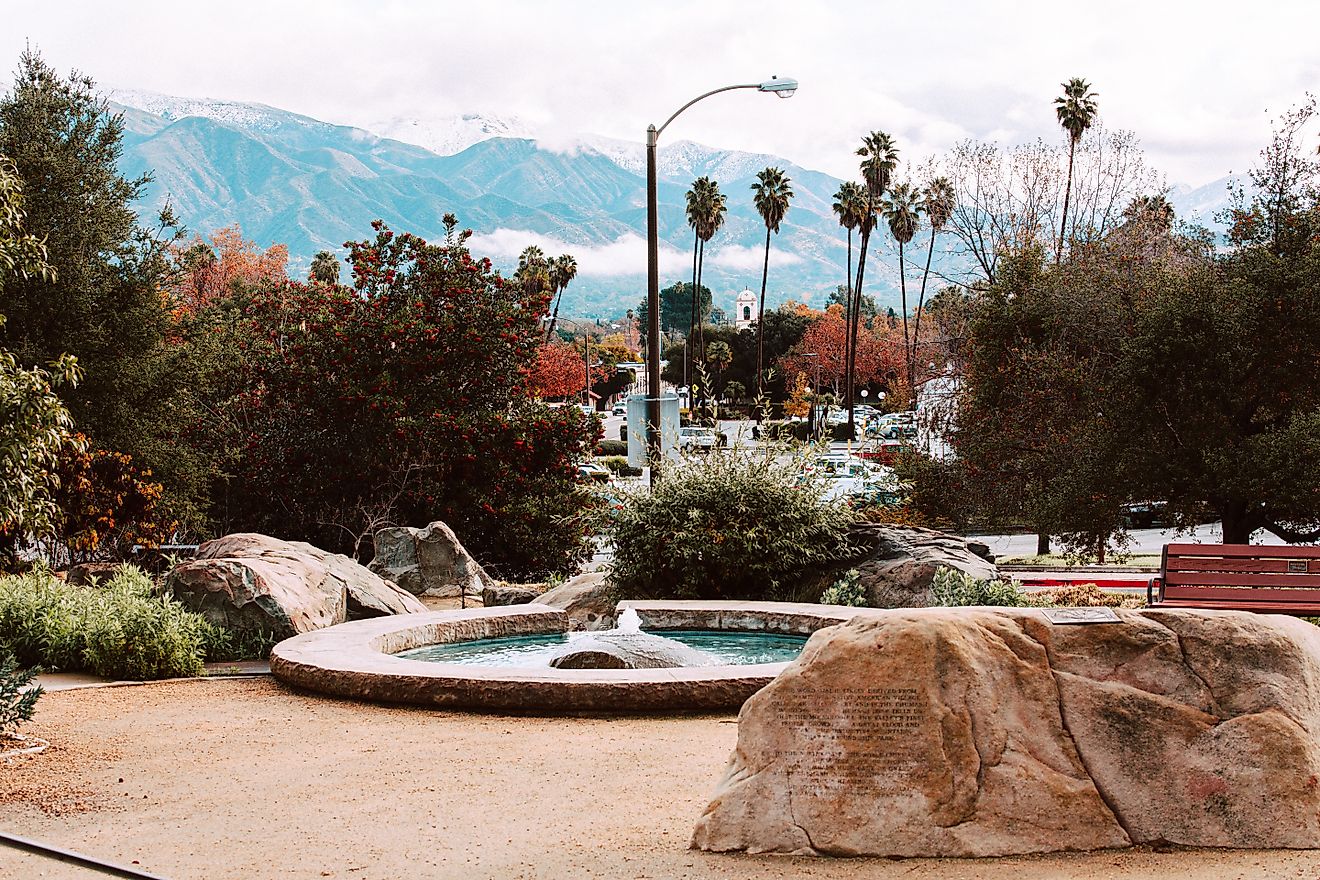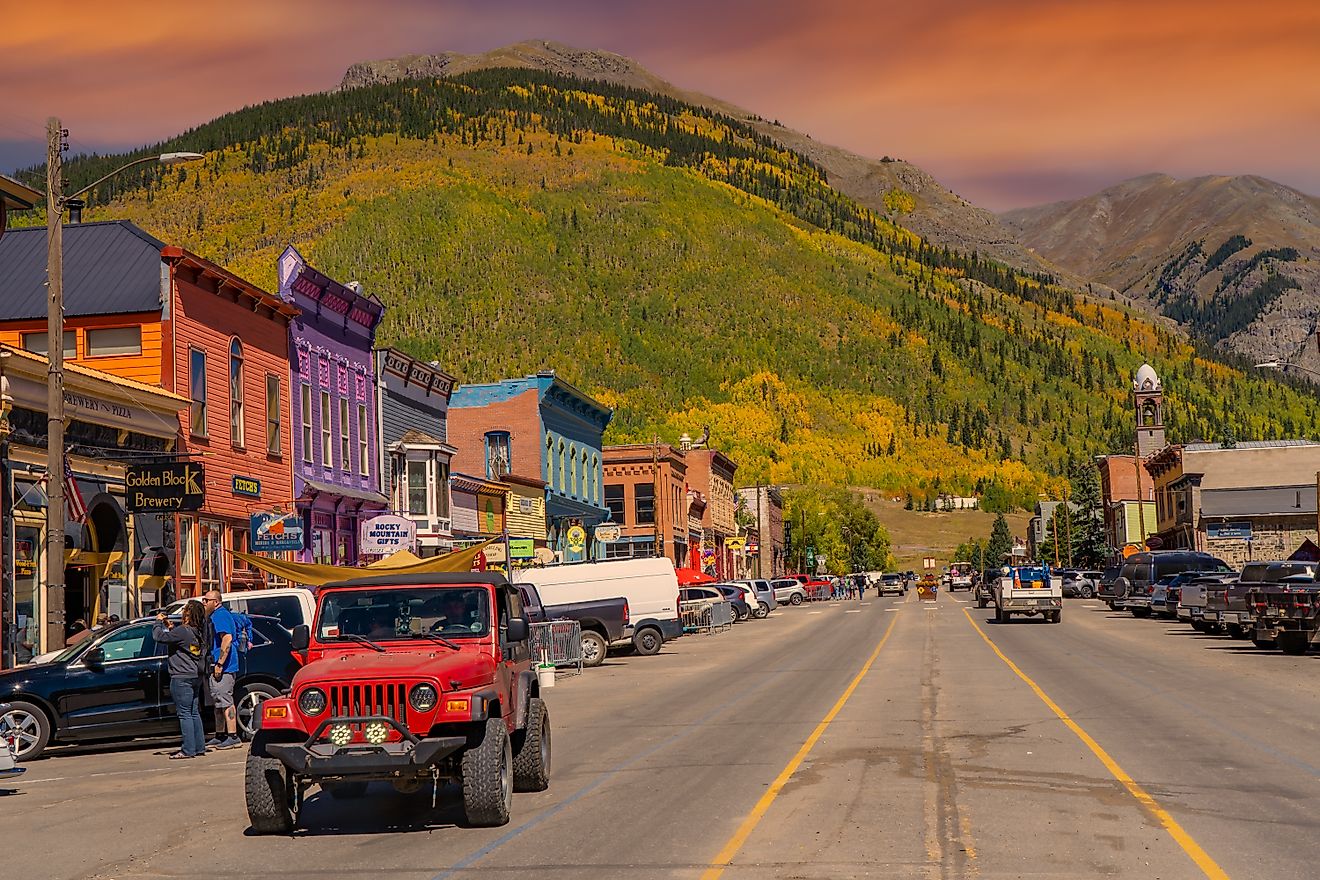Maps of Michigan
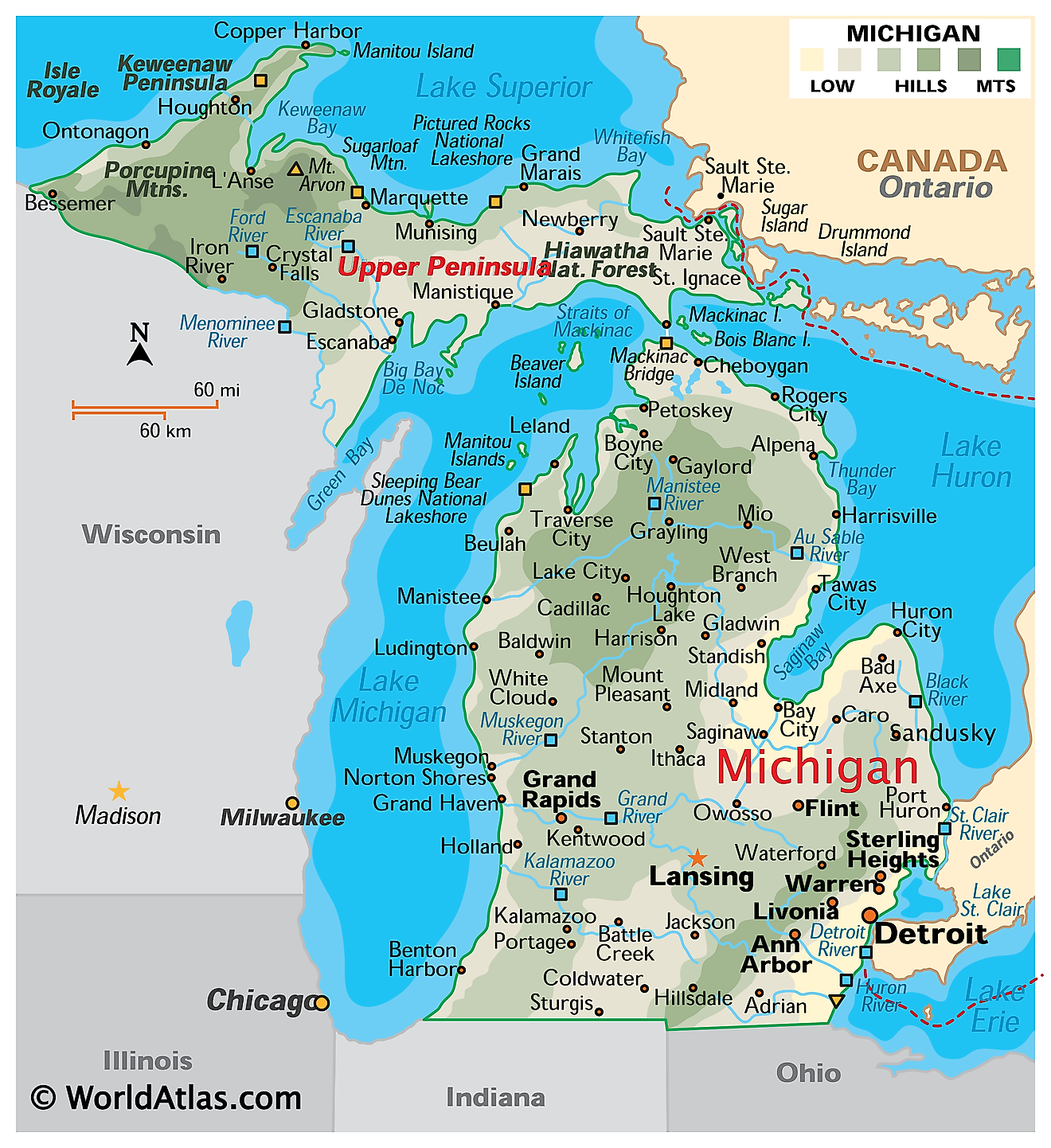
Michigan is located in the East North Central region of the United States. The state consists of two peninsulas and borders four of five Great Lakes: Michigan, Erie, Huron, and Superior. It shares land borders with Ohio, Wisconsin, Indiana, and Ontario, Canada, and water borders with Minnesota and Illinois.
Michigan has many nicknames, including "The Wolverine State," "The Great Lakes State," and "The Mitten State." The capital of Michigan is Lansing, with a population of approximately 331,000 people. Detroit, however, is the most populated city, with approximately 603,410 people.
Area
Michigan has an area of 96,713 mi2 (250,487 km2), making it the 11th largest state in the US by land area. It is half the size of Italy and about five times the size of Maryland. Michigan's landform is unique since it is divided between two different peninsulas.
Michigan's topographic regions can be divided into six total: two in the upper peninsula and four in the lower peninsula.
Upper Peninsula Regions
The Superior Upland region, also known as the Crystalline Upland, is located in the western section of the upper peninsula. Caused by prehistoric lava flows and glaciers, this region has a rocky terrain with large portions of crystalline rock, which makes it extremely scenic. The highest point in Michigan, Mount Arvon, at 1,979 feet (603 meters), is in the Superior Upland.
The Eastern Upper Peninsula Lowlands, which occupies the eastern section of the Upper Peninsula, is characterized by fairly flat topography. Wetlands are abundant in this area, and there are many wildlife refuges and national and state forests. Here, one can find various tourist attractions, including Tahquamenon Falls, one of the largest waterfalls east of the Mississippi River, Pictured Rocks National Lakeshore, and the Grand Marais Sand Dunes. St. Mary's River in this region creates a boundary between the United States and Canada.
Lower Peninsula Regions
The Eastern Lower Peninsula Lowlands is in the southeast part of the state and encompasses Saginaw Bay. Although it was once under glacial lakes, today, it is filled with wetlands and flat, fertile plains. The Saginaw River flows through this region before emptying into Lake Huron.
The Hilly Moraines make up the southernmost part of Michigan. It contains a series of moraines (ridges of sediment deposited by a glacier) that are 10 to 25 miles apart. These scattered moraines result in stretches of hilly land with flat areas in the middle. The land is very commonly used for agricultural purposes.
The High Plains & Moraines is located at the northern tip of the southern peninsula. It differs from the Hilly Moraines due to its higher concentration of sandy soils and its larger size and elevation of the moraines. Due to its rolling hills, many people visit this area for winter recreational activities such as skiing and golf in the summer.
The Beaches and Dunes area borders Lake Michigan. Low-lying forests populate some parts of this region, while other parts are high and bare, such as The Sleeping Bear Dunes National Lakeshore. Strong winds have blown sand from the lake to form the dunes. Vegetation, however, such as dune grass and trees, stabilizes the dunes and holds the sand in place. Erosion is cyclical, and the width and size of the dunes vary year by year.
Major Bodies of Water
Surrounded by nearly all of the Great Lakes, Michigan has the longest freshwater coastline in the US (3,288 miles or 5,292 kilometers). These four notable lakes include Lake Superior, Lake Michigan, Lake Huron, and Lake Erie. Lake Superior, the largest and deepest of the Great Lakes, borders the northern edge of Michigan's Upper Peninsula, while Lake Michigan is west of the Lower Peninsula. Lake Huron lies to the east, and Lake Erie grazes the state's southeastern corner.
Michigan has over 300 named rivers. There are a few, however, that are especially significant. The Detroit River, for example, provides drinking water for over five million people and is important for commerce and trading between Canada and the US. St. Mary's River, in the upper peninsula, is also significant for cargo shipping and trading. The longest river in Michigan is The Grand River, at 252 miles (406 kilometers) long. The Tahquemenon River is 89 miles (143 kilometers) long and hosts the famous Tahquamenon Falls.
Counties Map
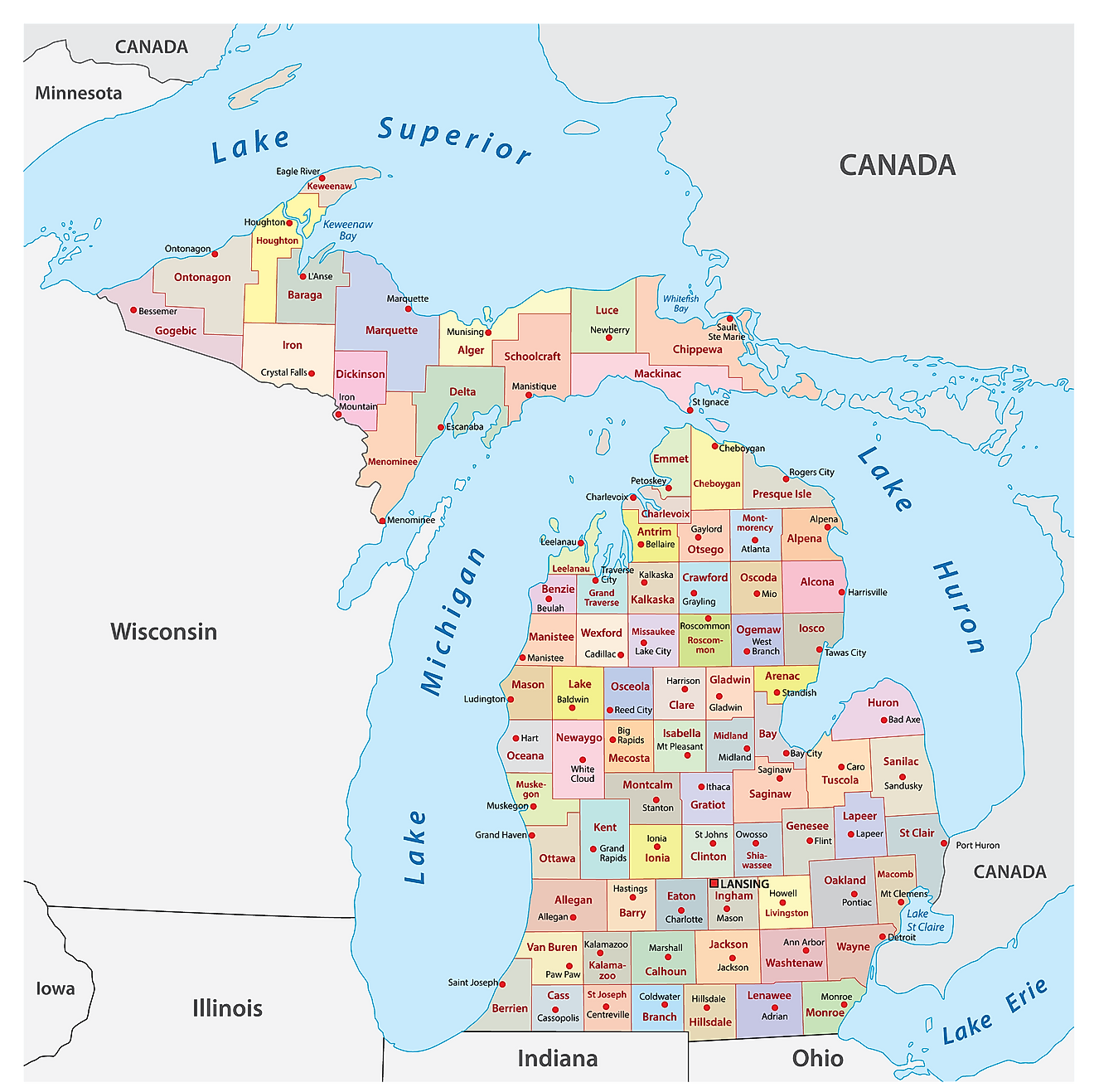
Michigan is divided into 83 counties. In alphabetical order, the counties are: Alcona, Alger, Allegan, Alpena, Antrim, Arenac, Baraga, Barry, Bay, Benzie, Berrien, Branch, Calhoun, Cass, Charlevoix, Cheboygan, Chippewa, Clare, Clinton, Crawford, Delta, Dickinson, Eaton, Emmet, Genesee, Gladwin, Gogebic, Grand Traverse, Gratiot, Hillsdale, Houghton, Huron, Ingham, Ionia, Iosco, Iron, Isabella, Jackson, Kalamazoo, Kalkaska, Kent, Keweenaw, Lake, Lapeer, Leelanau, Lenawee, Livingston, Luce, Mackinac, Macomb, Manistee, Marquette, Mason, Mecosta, Menominee, Midland, Missaukee, Monroe, Montcalm, Montmorency, Muskegon, Newaygo, Oakland, Oceana, Ogemaw, Ontonagon, Osceola, Oscoda, Otsego, Ottawa, Presque Isle, Roscommon, Saginaw, Saint Clair, Saint Joseph, Sanilac, Schoolcraft, Shiawassee, Tuscola, Van Buren, Washtenaw, Wayne, Wexford.
With an area of 250,493 sq. km, Michigan is the 11th largest and the 10th most populous state in the USA. Located in the south-central part of the state’s Lower Peninsula, at the meeting point of the Grand and Red Cedar Rivers is, Lansing – the capital city of Michigan. It serves as an industrial hub for the production of automobiles and associated parts as well as other industries like textiles, glass, and metal products. It also hosts the headquarters of several insurance companies and offices of various technology firms. Situated in the southeastern part of the state along the Detroit River is Detroit – the largest and the most populous city in Michigan. It also serves as the state’s major cultural center and its chief port.
Where is Michigan?
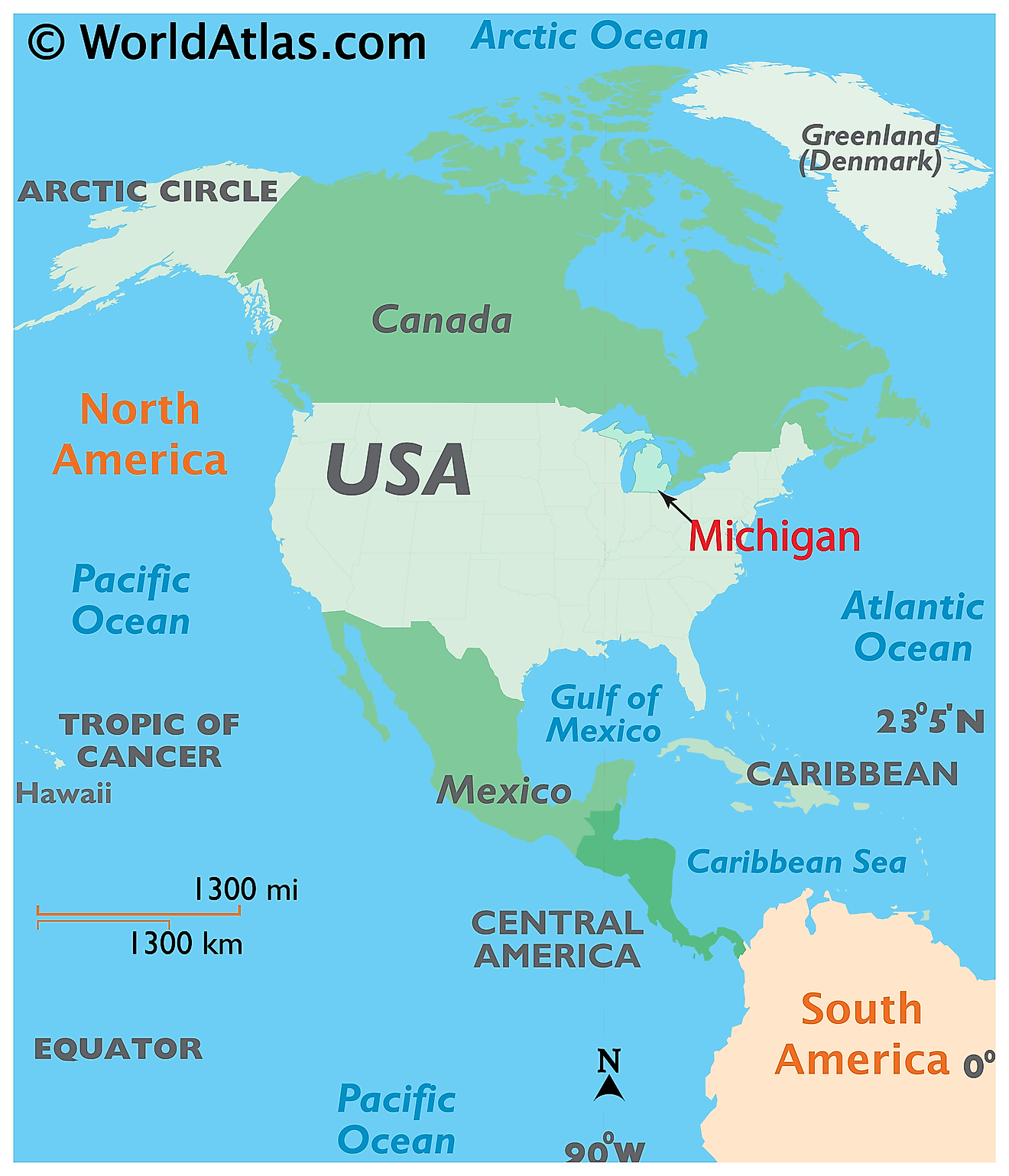
The State of Michigan is located in the Great Lakes and Midwest region of the United States. Michigan is bordered by the states of Ohio and Indiana in the south; by Illinois, Wisconsin, and Lake Michigan in the west; by Wisconsin, Minnesota, and Lake Superior in the northwest and by the Canadian province of Ontario, Lake Huron, and Lake Erie in the north and east.
Regional Maps: Map of North America
Outline Map of Michigan
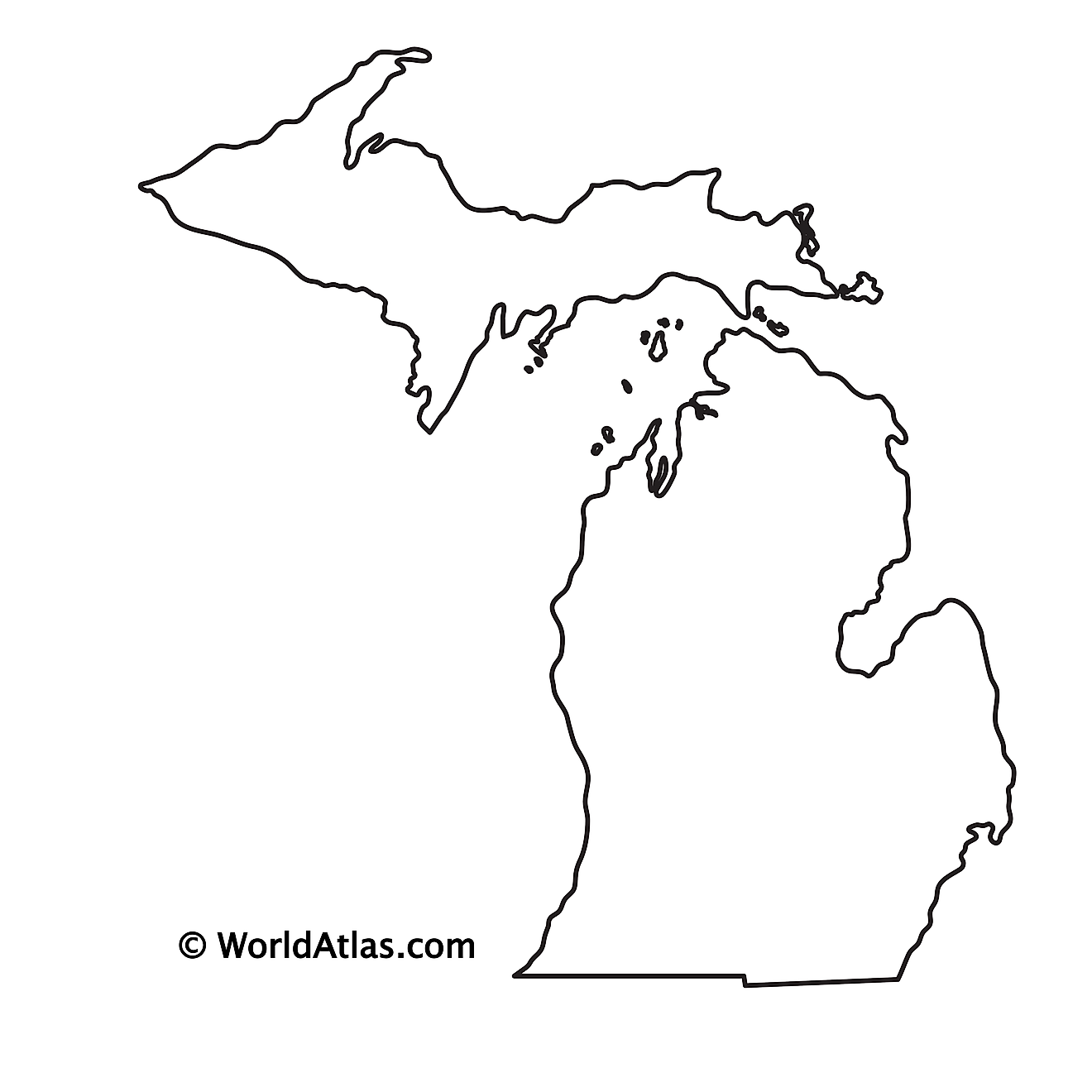
The above blank map represents the State of Michigan, located in the Great Lakes and Midwest region of the United States. The above map can be downloaded, printed and used for geography education purposes like map-pointing and coloring activities.
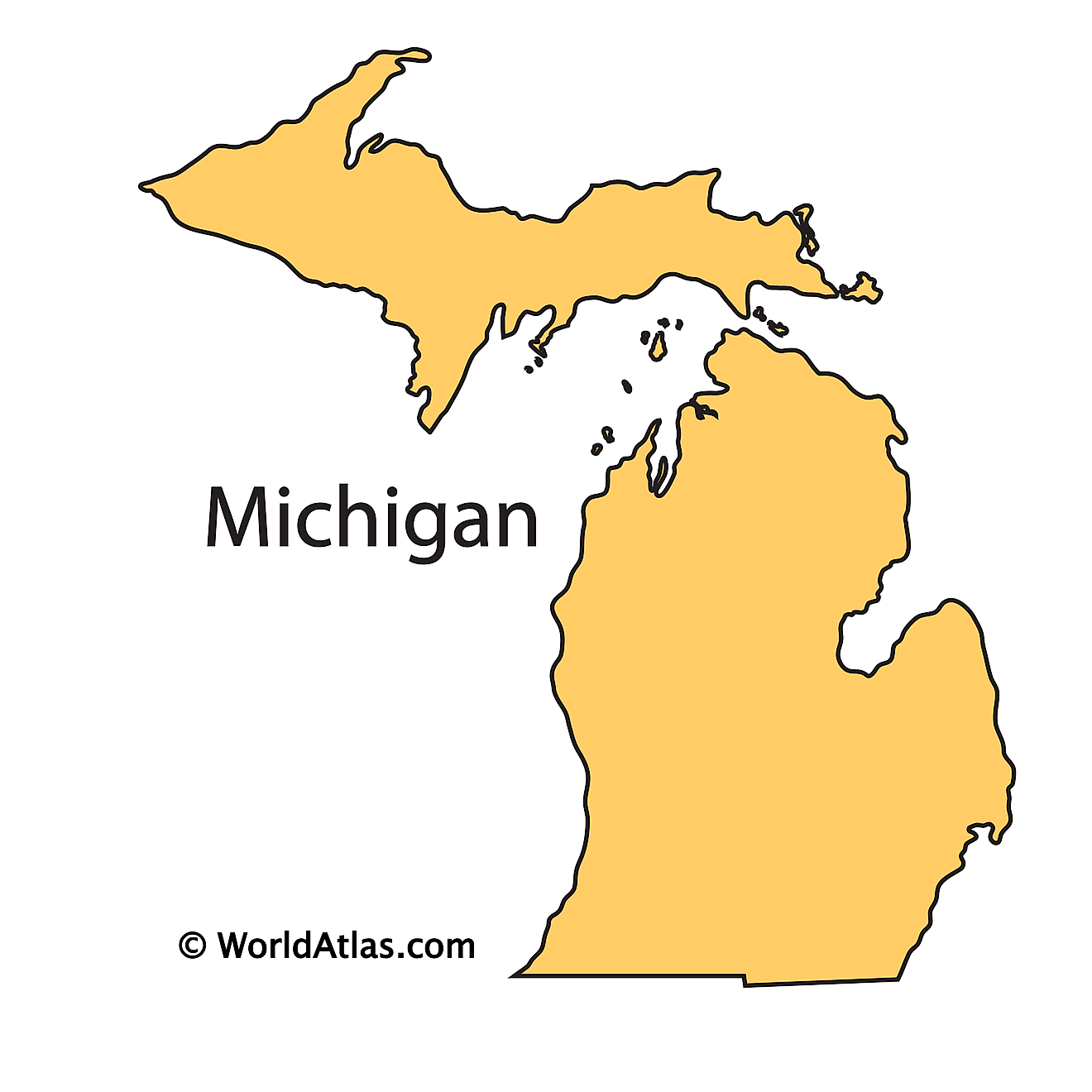
The above outline map represents the State of Michigan, located in the Great Lakes and Midwest region of the United States. Michigan has been nicknamed as the "Wolverine State" and it is the only U.S. State bordering four of the five Great Lakes.
Key Facts
| Legal Name | State of Michigan |
|---|---|
| ISO 3166 Code | US-MI |
| Capital City | Lansing |
| Major Cities |
|
This page was last updated on March 29, 2024
